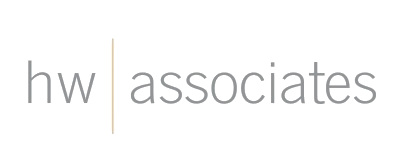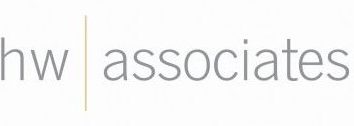From 6 April 2026, Making Tax Digital for income tax self-assessment (MTD ITSA) will be mandatory for some businesses after a significant delay to the timeline.
Some people may see the delay as an excuse to sit back, relax and do their taxes normally. A few might even be asking whether it’s worth ever ‘getting ready’ if the Government keeps delaying the new tax method.
However, MTD ITSA remains a great idea, even if the tax authorities still need to work on the practicalities. So, our advice remains the same: you should embrace the new system’s benefits.
This blog explains everything you will eventually do under the digital tax regime in a few years.
Who will have to comply with MTD ITSA?
Initially, when the start date of MTD ITSA was April 2024, self-employed sole traders and landlords with an income above £10,000.
Now, only self-employed sole traders and landlords with an income above £50,000 will have to participate in the scheme in 2026.
However, those earning over £30,000 must join MTD ITSA in 2027.
HMRC has not yet released details on when (or whether) people with incomes above £10,000 will have to follow MTD ITSA rules, as was the original plan.
What you will need to do for MTD ITSA
MTD ITSA will massively change how sole traders and landlords approach their taxes, mainly by promoting regular reporting for tax purposes.
To this end, taxpayers will have to create and store digital records of all business income and expenses using MTD-compatible software, such as Sage or Xero. You can find a complete list of software and alternative solutions on the HMRC website.
Once you’re set up, your software will automatically add up your digital records every three months, which you will have to send to HMRC to give them an accurate picture of your finances for tax purposes.
Then, instead of a self-assessment tax return, you will have to finalise your business income with an end-of-period-statement. This will be what HMRC will use to calculate your final tax bill — as such, you can adjust your records on this document.
Benefits of tax digitalisation
There are several benefits to MTD ITSA, most of which you can unlock for your business right now by digitalising your accounting and tax reporting:
- Increased accuracy. Using digital tools for income tax filing reduces the risk of errors, which helps ensure you pay the correct amount of tax and avoid potential penalties for underpayment.
- Greater convenience. MTD eliminates the need to complete and mail paper forms, which can be time-consuming and frustrating.
- Ability to plan. By sending your income and expenses, you’ll get an estimated tax bill based on your current trajectory for the end of the tax year. That could prove monumental in your ability to budget and prepare for your tax payment.
- Compliance. MTD ITSA simplifies your duties as a taxpayer, ensuring you pay the correct amount of tax to avoid misunderstandings with HMRC.
- Better coordination with your accountant. If you give your accountant access to your MTD software, they can see your figures in real-time, giving them a greater understanding of your business. As a result, the advice they can give will be better than ever.
As you can see, connecting your financials with an online tax system can be beneficial and might even save you more money in the long run than the cost of your software.
While the MTD ITSA pilot is now officially closed to new participants, you can still benefit from tax digitalisation while preparing for the changes in 2026 and 2027.
If you need assistance digitalising your business and its taxes, feel free to get in touch.

